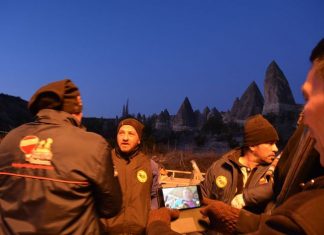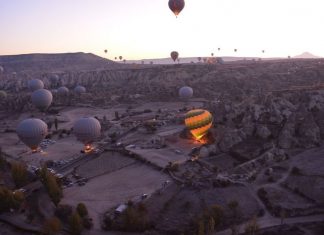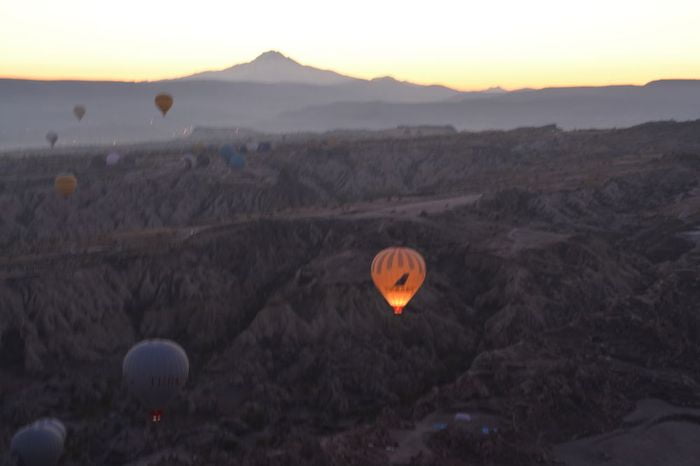The Importance of the Golden Gate Inscription
The inscription on the Golden Gate (Porta Aurea) is very important because it provides historical clues about the gate’s origin and purpose. The inscription...
The Mystery of the Golden Gate Inscription
For many years, people believed that the famous inscription on the Golden Gate (Porta Aurea) of Constantinople was lost or perhaps even legendary. However,...
The Golden Gate
A Triumphal Entrance
Between the seventh and eighth towers north of the Sea of Marmara, stands a grand gateway called Yedi Kule Kapısı (the Gate...
The Religious History of Nicomedia
A Long List of Religious Leaders
A historian named Le Quien created a list of 50 archbishops (metropolitans) of Nicomedia, an ancient Christian city. In...
An Educational Trip for Tourist Guides
Learning About Ancient Ephesus with Science
A special trip was organized to the ancient city of Ephesus to help tourist guides from Kuşadası learn the...
A Ride Full of Smells Sounds and Memories
Leaving the Bad Behind
As I was riding uphill, I smelled the burned oil coming from a truck beside me in the climbing lane. It...
Daily Lawlessness and Impunity
In discussions with local authorities regarding the rampant lawlessness occurring within their jurisdiction, the responses are deeply concerning. Often, officials will either deny that...
Systematic Violence and Oppression in the Region
The ongoing violence and oppression faced by the local population are alarming. Two men from Mishka approached us, sharing that there is not a...
The Aftermath of Destruction
Total Devastation
In the wake of recent events, the devastation in the village is staggering. There were once 700 houses here, yet not a single...
The Magic of the Bosphorus
Necati Güngör’s compiled work, “Boğazın Büyüsü,” provides a literary perspective on the Bosphorus, allowing us to draw comparisons between its past and present.
The Bosphorus...













